How to make a country sewer
City dwellers are so accustomed to comfort that a full set of "amenities" is required at the dacha, but the centralized sewage system outside the city is from a different life. Therefore, sewerage for a summer residence is the concern of the owners. This is not an easy matter, but having understood the intricacies, you can design and build with your own hands.
The content of the article
Types of autonomous sewerage
In order to consciously and correctly choose the type of sewage system for a summer residence, one must at least in general terms imagine the advantages and disadvantages of each of the possible options. There are not so many of them:
- Cesspool. The most primitive and far from the best way of waste disposal. To begin with, it is very difficult to ensure complete tightness. Even with high-quality treatment, some of the effluent ends up in the ground. If the source of water is a well or a well, then sooner or later bacteria that live in sewage pits will be found in them. Another disadvantage is the corresponding smell, which is problematic to deal with due to leaks, and the need for regular pumping. Therefore, such a sewage system in the country is being built less and less.
- Storage capacity. The essence of this type of sewerage is the same: drains are collected in containers, periodically pumped out. Only these containers are completely sealed, as they are usually made of plastic. The disadvantage is the relatively high price.
- Septic tanks. A system of several interconnected containers (two or three, rarely more). Waste water gets into the first, where it settles, is processed by bacteria. Insoluble residues settle to the bottom, the water rises to the top. With the next flow of wastewater, the level rises, the settled water is poured into the next container. Other bacteria "live" here, which complete the cleaning (up to 98%). From the second compartment of the septic tank, the liquid can be removed for further filtration into the ground. It is already practically clean. The design is simple, there is nothing to break. The disadvantage is that the device itself is voluminous, plus a filtration field is needed (where water will be diverted), once a year or two, the septic tank is purified from insoluble sediment.
- VOC or AU - local cleaning stations or automatic installations. The principle of a septic tank, but in a more compact size, with electronic filling for control. This type of sewage works only when electricity is available. The maximum battery life is up to 4 hours. The small sizes of VOCs impose restrictions on a one-time discharge of effluents: if you flush the bathtub, you should not flush it in the toilet. And the main disadvantage is the price.
The first two options are simply places for collecting impurities, no purification occurs in them. But there is a difference between them, and quite significant. The cesspool is usually done only under outdoor toilet, but all the drains are already drained into the storage tank. That is, this is the most primitive sewage system, albeit without cleaning.
The second two options are already treatment facilities, simply with varying degrees of automation. As you can see, there is no perfect way. You have to choose between environmental friendliness and cheapness. And here, except for you, no one can decide.
How to organize a sewage system in a country house with a septic tank
If the dacha will be visited mainly on weekends, it makes no sense to build any complex system. The most reasonable option in this case is to install a storage tank, or to make a cesspool, but it must be sealed.Since visits will be rare, cleaning will be required infrequently, and to make it even less necessary, biological products are used that accelerate the decomposition of organic matter, at the same time reducing the volume of effluents.
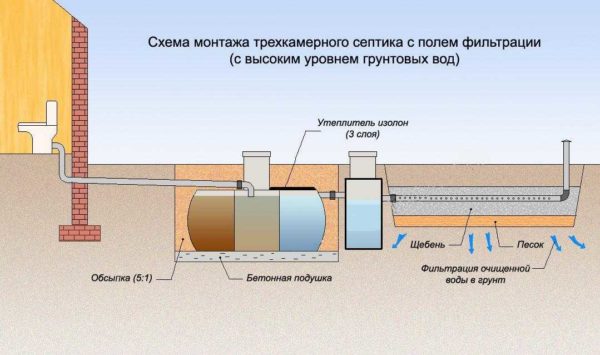
Diagram of the organization of an autonomous sewage system with a septic tank and a filtration field
With more active use of the suburban area, the sewerage system for the summer cottage needs more serious. A reasonable choice is to install a septic tank, do filtration fields according to the instructions, or install an absorbing well. It is better to take a septic tank from the factory, if possible - fiberglass... It, of course, costs a lot of money, but homemade septic tanks, although they are cheaper during construction, require constant repairs during operation, and besides, most of them suffer from leaks. It's about a summer residence, and everything that gets into the ground ends up on your table as a result - in the form of water, if the water supply is from a well or a well, and then in the form of a crop that you water with this water.
If you definitely decide to make a septic tank yourself, there are several options:
- Monolithic concrete. A high level of sealing can be achieved, but the volume of work is large and requires a lot of time.
- Brick. Not the best option, as it can be destroyed on heaving soils. Can be used provided that the walls are plastered. It is possible to achieve tightness with the help of modern waterproofing coating materials.
- Septic tank made of concrete rings. When properly executed, it works well, but without problems it is operated on soils that are not prone to heaving. On clays and loams, the rings often move from their place, the tightness is broken. Repair is a difficult and unpleasant undertaking.
- Made of metal. Tightness is at a high level, but until the metal corrodes, and this will happen pretty soon.
The easiest way to make a septic tank in the country is from concrete rings. Its volume should be large enough - it is believed that such a device should have a place for the accumulation of a three-day supply of wastewater. Consumption per day is taken at 200-250 liters per person, the total consumption is calculated by the number of those at the dacha at a time with some margin in case of the arrival of guests. For a family of 3-4 people, the usual volume of a septic tank is 2.5-3 cubic meters.
Standards for the location of treatment facilities on the site
There is a lot of confusion in this area. There are many conflicting norms with different distances, and in different regions these norms may differ, so you need to find out exactly in the local sanitary inspection. The most common standards can be grouped:
- From the house:
- to the septic tank - at least 5 m;
- filtering device (absorption well, sand and gravel filter, filtering trench) - at least 8 m;
- to the filtration field - 15 m;
- before the aeration unit - at least 15 m;
- From a well and a well (your own or a neighbor's):
- at least 15 meters if the septic tank is located against the flow of groundwater;
- at least 30 m, if the septic tank is downstream of the groundwater;
- at least 19 m, if standing perpendicular;
- To the border of the neighboring site - at least 4 m;
- From the border of your site - at least 1 m.
One more point. If there is a slope on the site, then a well or a well should be located above all treatment facilities. To keep all these distances, you will have to conjure over the site plan for a long time. If it is impossible to comply with everything at once, special attention is paid to the distance to the neighbor's house and the well (well), since a violation is fraught with a complaint, followed by checks and fines.
Types of sewerage with a septic tank
A septic tank is a container consisting of one, two or three chambers connected by overflow pipes. From the last chamber, the purified water enters the filtration field, into the absorbing well, the filtering trench. The choice of a specific type of final filtration depends on the type of soil and groundwater level.
With filter well
With a low location of groundwater and well-draining soils, a filtration well is made. Usually these are several reinforced concrete rings without a bottom.
With filtration field
With a groundwater level of up to 1.5 meters and / or with poor drainage capacity of the soil, wastewater is diverted to filtration fields. These are quite extensive areas, in which part of the natural soil has been replaced by sand and gravel. Water from the septic tank through perforated pipes enters this field, where, passing through the layers, it is further purified, then goes into the lower layers of the soil.
The structure of this field is layered - sand below, then crushed stone, in which drainage pipes are laid. Ornamental plantings can be planted on top. The location of this treatment plant is as far as possible from the vegetable garden and fruit trees. The disadvantage of this system is that after a while the crushed stone silts up, the water stops leaving. It is necessary to open and replace the filtrate (sand with crushed stone).
Into the gutter
If there is a drainage ditch near the septic tank, you can drain the water for additional purification into it. To do this, a small pit is dug in front of the ditch, which is covered with rubble. The water is taken out into the rubble, from where it goes into the ditch.
This option is possible if the degree of wastewater treatment is high. Usually, such a scheme is offered when installing VOC or AC. But to be sure, it is advisable to have on hand the result of a chemical examination, confirming the degree of purification. This document may be needed if neighbors complain and a check comes.
About autonomous sewerage Topas can be read here, and about the individual treatment facilities Tver - here.
How many chambers are in the septic tank
In SNiP 2.04.03-85, the number of chambers in the septic tank is tied to the daily water consumption:
- up to 1 cubic meter / day - one chamber;
- from 1 to 10 cubic meters / day - two chambers;
- over 10 cubic meters / day - three.
In this case, the volume of the septic tank should be at least 3 times the daily consumption. One camera is rarely made, as well as three. One does not provide the desired degree of purification, and three are too expensive.
How to bring the sewer to a septic tank
Judging by the standards, it will take at least 7-8 meters to lead the sewer pipe to the septic tank. So the trench will be long. It should go with a bias:
- pipe diameter 100-110 mm, slope 20 mm per linear meter;
- 50 mm in diameter - slope 30 mm / m.
Please note that it is undesirable to change the incline level in either direction. In the direction of increase, a maximum of 5-6 mm is possible. Why not more? With a large slope, water will run off very quickly, and heavy inclusions will move much less. As a result, the water will go away and the solid particles will remain in the pipe. You imagine the consequences.
The second important condition is that the pipe must not freeze. There are two solutions. The first is to bury below the freezing depth, which, taking into account the slope, gives a solid depth. The second is to bury it by about 60-80 cm, and insulate it on top.
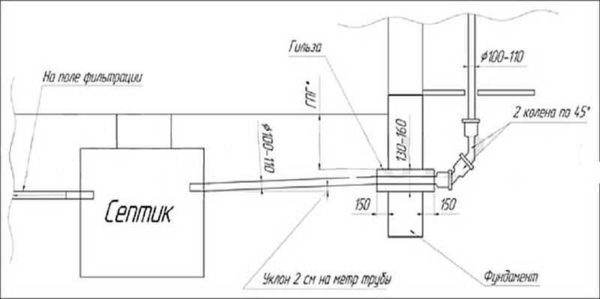
Country sewerage scheme with septic tank
How deep to bury the tube
In reality, the depth to which you will bury the sewer pipe coming from the house depends on the location of the septic tank, or rather, its inlet. The septic tank itself must be arranged so that there is only a lid on the surface of the soil, and the whole "body", including the neck, is in the ground. Having buried the septic tank (or having decided on its type and model), you will know where to bring the pipe, the required slope is also known. Based on these data, you can calculate at what depth you need to leave the house.
This area of work also has its own nuances. So it is better to dig a trench immediately to the desired depth. If you have to add soil, it must be tamped very well - not just throw in the earth, walk with a tamper to a high density. This is necessary, because the laid soil will simply sit down, and the pipe will sink with it. In the place of subsidence, a plug forms over time.Even if it can be pierced, it will periodically appear there again.
Warming
Another point: the laid and hermetically connected pipe is covered with a layer of sand about 15 cm thick (this should be over the pipe), the sand is spilled, lightly rammed. EPPS is laid on the sand with a thickness of at least 5 cm, on both sides of the pipe it should go at a distance of at least 30 cm. The second option for insulating a sewer pipe is the same EPS, but in the form of a shell of a suitable size.
It is not recommended to use other heaters. When wet, mineral wool loses its properties - it just stops working. The foam crumples under pressure. If you build a full-fledged sewer trench with walls and a cover, then you can do it. But if the sewer pipe is buried in the ground, the foam may crumple. The second point is that mice like to gnaw it (they don't like EPS).


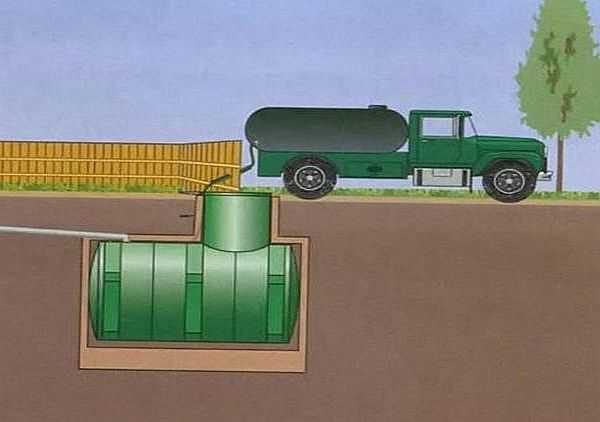
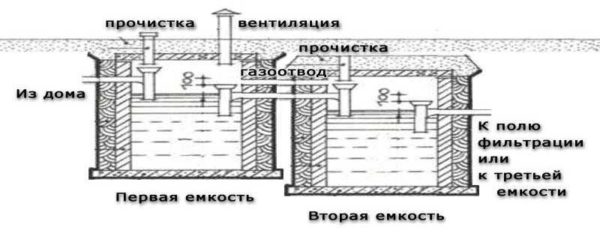
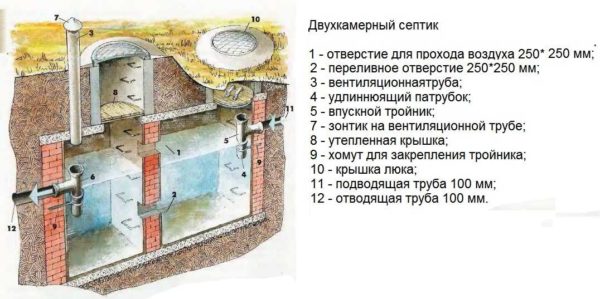
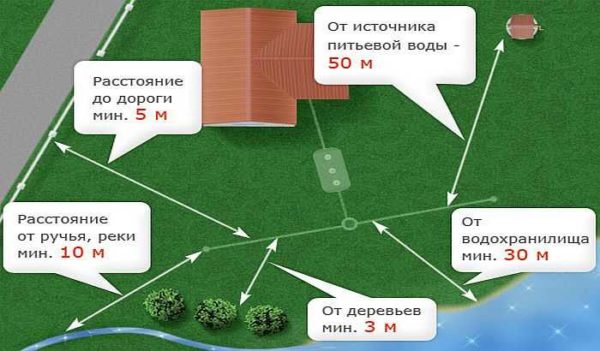
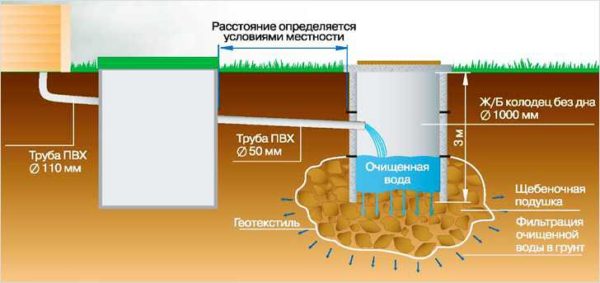
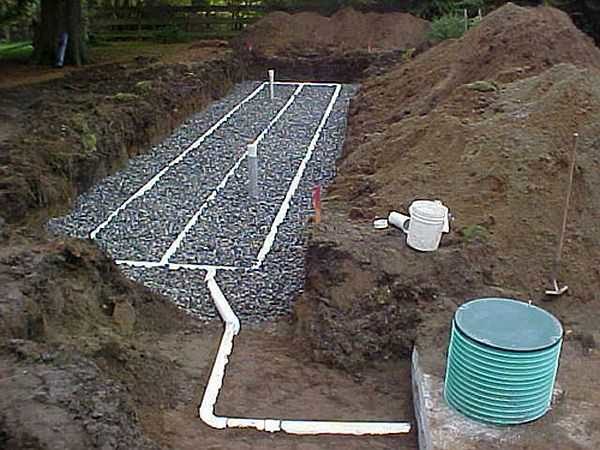
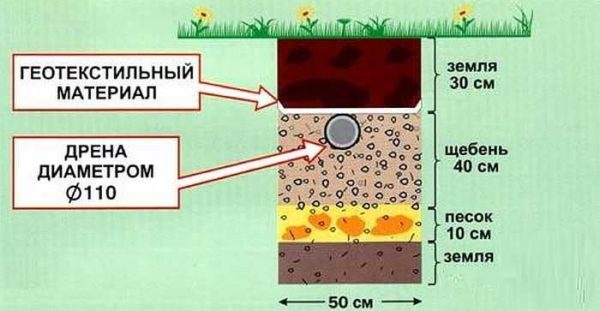
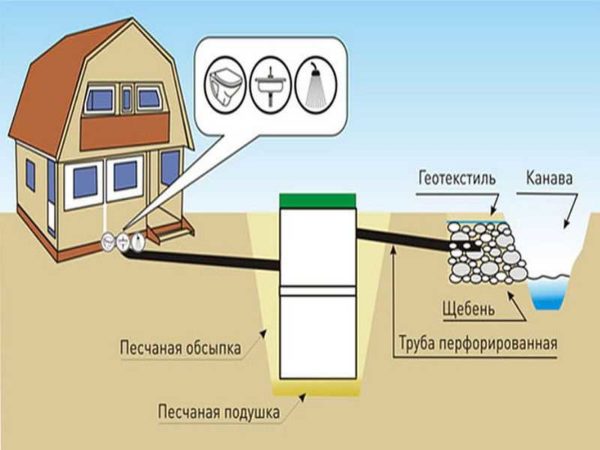
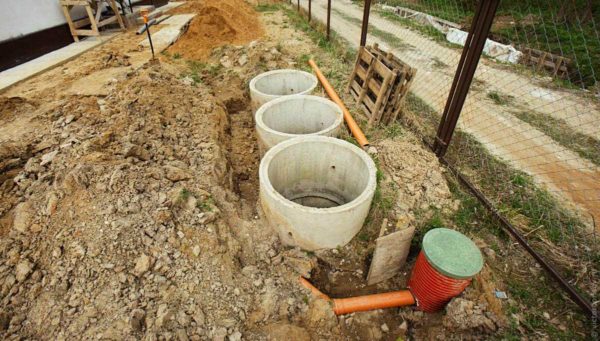
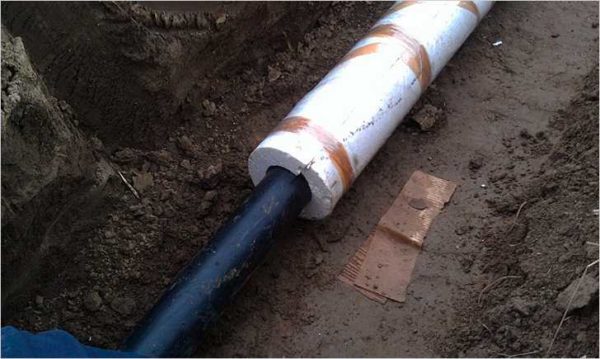
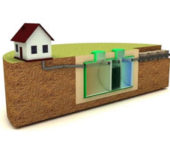
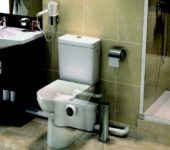
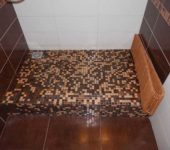
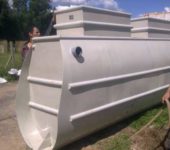
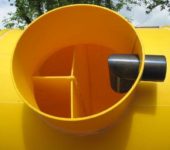





Thank you very much for the article, you can also get some information for yourself, otherwise my parents are tormented with buckets ..
Thank you for your feedback ... we try))
As I understand it, you mainly bet Topas. What can you say about Eurolos?
We don't bet anything. The site is informational. Other articles describe other sewer systems. Eurolos is also not bad, with its pluses and minuses.
I set myself AKS ST-5, the quality and price suited me. I have been using it for the third year.
Interesting article! But I don't really understand how filter fields relate to DIY. And one could also consider the sewers in which aerobic bacteria work. Sani or Treidenis are highly purified and very simple and compact